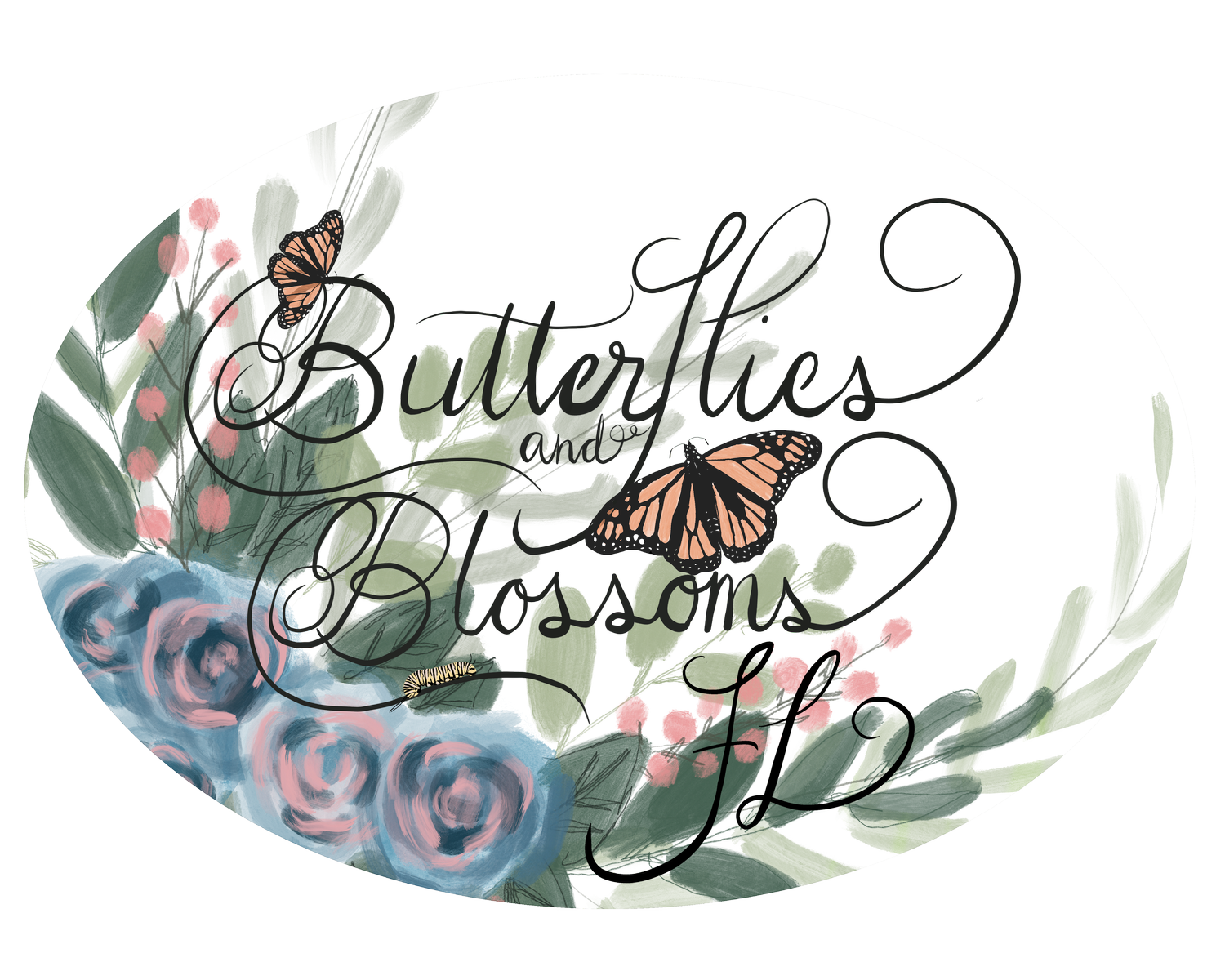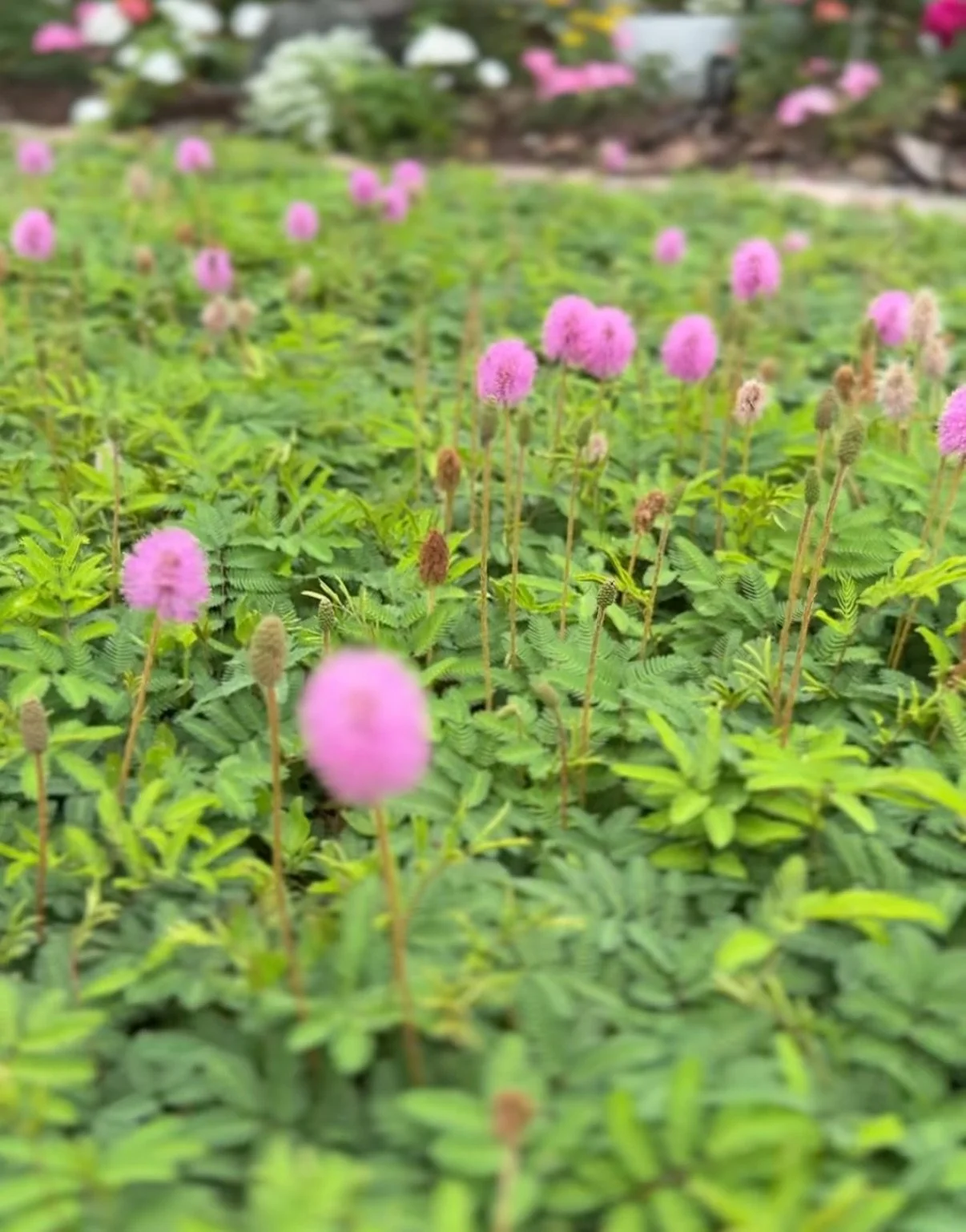Diary of a Gardener: Why Native Plants Matter—Even If You're Not a Purist
Recently, I drove inland to Lake Placid, Florida—just about an hour and a half from my coastal hometown of Sarasota. It didn’t take long, maybe six or seven miles past the interstate, before the landscape opened up into fields. Some held grazing cattle, but many were simply stretches of untouched land.
I passed by swaths of saw palmetto, towering live oaks draped in Spanish moss, slash pines, longleaf pines, and coreopsis lining the fence rows. Plants I rarely see in the curated streets and neatly planned communities I drive through every day.
It reminded me: this is the "real" Florida.
The Florida that existed long before European settlers arrived. A wild, natural place once dominated entirely by native plants.
Now, I’ll admit—this look isn’t what most people would call "aesthetically pleasing" in a small-scale garden or suburban landscape. But part of me wishes we could rewind time—or at least slow it down—to preserve more of what we have left.
A Movement Toward Native
There’s a growing movement across the country to bring our landscapes back to their roots. Not necessarily by letting them go completely wild, but by allowing native plants to take the lead, rather than relying so heavily on non-native ornamentals.
But before we go further, let’s clarify a few key terms—because not all plants are created equal, and not all “non-native” plants are harmful.
Understanding the Terms:
Native Plants
Plants that occur naturally in a region or ecosystem without human introduction. In Florida, these are the species that were here long before colonization. Native plants are not considered invasive, even if they’re aggressive growers.
Non-Native (Exotic) Plants
Introduced—either intentionally or accidentally—from outside Florida or North America. Some are well-behaved in gardens. Others can become invasive.
Naturalized Plants
Non-native plants that have established themselves in the wild and reproduce without human help—but without behaving invasively.
Florida-Friendly Plants
Plants (native or non-native) that thrive in Florida's climate and follow the 9 Principles of Florida-Friendly Landscaping™. These are non-invasive, drought-tolerant, low-maintenance, and environmentally responsible.
Invasive Plants
Non-native plants that spread aggressively and disrupt local ecosystems, often displacing native species. Many are illegal to plant or strongly discouraged.
My Take: I’m Not a Native Purist
There—I said it.
As much as I support the native plant movement and strive to use native species in both my own garden and my clients’ landscapes, I don’t believe they’re always the only answer.
I love roses, tropicals, and non-native pollinator favorites like Dombeya 'Seminole', Crape Myrtle, Angelonia, and Hibiscus. These plants bring beauty, pollinator activity, and joy—and they play a valuable role in the right spaces.
My goal is to blend natives with non-invasive, Florida-Friendly plants to create landscapes that are beautiful, ecologically mindful, and tailored to what my clients want.
That said, when it comes to pollinator gardens, I always recommend aiming for 80–100% native plants. Here's why:
Why Native Pollinating Plants Are So Important
1. Native Pollinators Need Native Plants
Many native bees, butterflies, moths, and hummingbirds co-evolved with Florida’s native flora.
Some pollinators are species-specific and rely on certain native plants for survival—like Monarchs needing native milkweed for their caterpillars.
2. More Effective Pollination
Native pollinators are more likely to visit native plants, resulting in better pollination and plant reproduction. This creates a self-sustaining ecosystem right in your backyard.
3. A Healthier, More Resilient Ecosystem
Native pollinating plants form the foundation of the food web, supporting birds, reptiles, mammals, and other beneficial insects.
A diverse native garden is also more resilient to pests, disease, and weather extremes, often requiring fewer pesticides and fertilizers.
4. Better Water Use
Native plants are adapted to Florida’s climate and typically need far less irrigation—helping conserve water, a growing concern in our state.
5. Keeps Invasives at Bay
Many ornamental plants can escape cultivation and become invasive. Planting natives helps prevent this and preserves Florida’s natural biodiversity.
6. More Wildlife, More Beauty
Native plants attract a colorful array of butterflies, bees, and birds—bringing your garden to life and giving you a front-row seat to nature’s wonders.
Want to Start? Start Small.
If you’re unsure whether a plant is native, look it up on the Florida Native Plant Society or Florida Wildflower Foundation websites—both are great resources.
In my opinion, it’s perfectly okay to include non-native (but non-invasive) plants in your landscape. Just be aware that not all of them support native wildlife.
And remember—native landscapes can be just as tidy and intentional as any curated garden.
As long as you follow the golden rule:
Right plant, right place.
I encourage you to try adding more native plants to your landscape—start with a tree, a few shrubs, or even just a handful of pollinator-friendly flowers.
Yes, we should celebrate native plants. But we should also give ourselves permission to learn, explore, and grow.
Because even a non-native, green-filled garden is better than concrete.
Remember to always keep growing.

